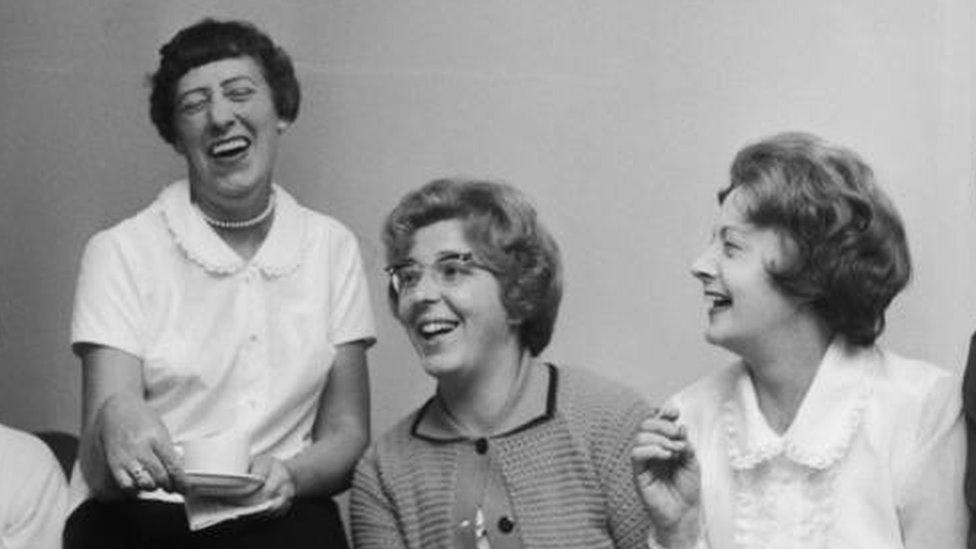Gender pay gap: More than 500 firms reveal their figures
- Published
- comments
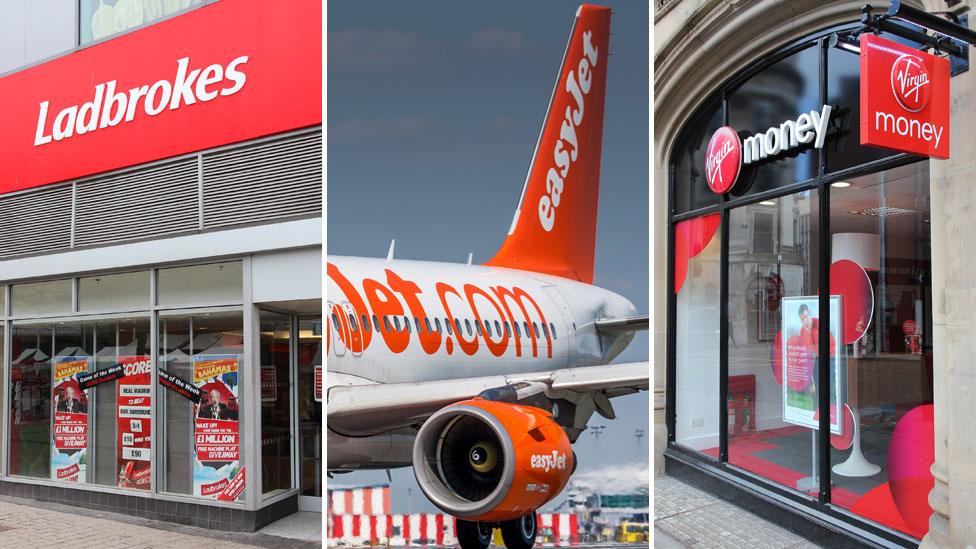
Ladbrokes, Easyjet and Virgin Money are among the major companies to reveal gender pay gaps of more than 15% in favour of men for mean hourly pay.
Organisations with 250 or more workers must publish their figures by April and so far 527 firms have done so, external.
Women's hourly pay rates are 52% lower than men's at Easyjet. On average, women earn 15% less per hour at Ladbrokes and 33% less at Virgin Money.
All three firms say men and women are paid equally when in the same role.
At Easyjet, external, for example, 6% of its UK pilots are women - a role which pays £92,400 a year on average - whereas 69% of lower-paid cabin crew are women, with an average annual salary of £24,800.
The carrier said it had set a target that one in five of new entrant pilots should be female by 2020.
'Weak representation'
The Ladbrokes Coral, external group put its gender pay gap largely down to "weak representation at our senior levels" and Virgin Money, external said it was "confident" men and women were paid equally for the same jobs.
The gender pay gap is the pay discrepancy between men and women irrespective of their job or position.
That is distinct from equal pay - when companies are required to ensure that men and women carrying out the same or similar roles are paid the same for the amount of work they do.
There were calls for more action on tackling equal pay from the Women's Equality Party, who issued a response on Twitter:
Allow X content?
This article contains content provided by X. We ask for your permission before anything is loaded, as they may be using cookies and other technologies. You may want to read X’s cookie policy, external and privacy policy, external before accepting. To view this content choose ‘accept and continue’.
Carolyn Harris, a Welsh Labour MP, said in a tweet that the findings were "astonishing" and "immoral":
Allow X content?
This article contains content provided by X. We ask for your permission before anything is loaded, as they may be using cookies and other technologies. You may want to read X’s cookie policy, external and privacy policy, external before accepting. To view this content choose ‘accept and continue’.
In 2016, the UK gender pay gap was 9.4% for full-time workers, or 18.1% for all staff.
Employers of about half of the UK's workforce will be affected by the reporting rules, which reveal discrepancies in pay and bonuses, with the results published on a government database, external.
What we know so far
Companies have been publishing figures ad hoc ahead of the 6 April cut-off, including the BBC, which revealed women's mean hourly rate was 10.7% lower.
The firm to publish the biggest gender pay gap so far is women's fashion chain Phase Eight - with a 64.8% lower mean hourly rate for female staff.
Phase Eight's chief executive Benjamin Barnett said the figure did not reflect the "true story" of the business, since most male employees worked in head office roles rather than in shops.
As of last April, 39 of Phase Eight's 44 male employees worked in the corporate head office - where pay tends to be higher - which Mr Barnett said was likely to be the case at other women's fashion retailers.

Women's hourly rates
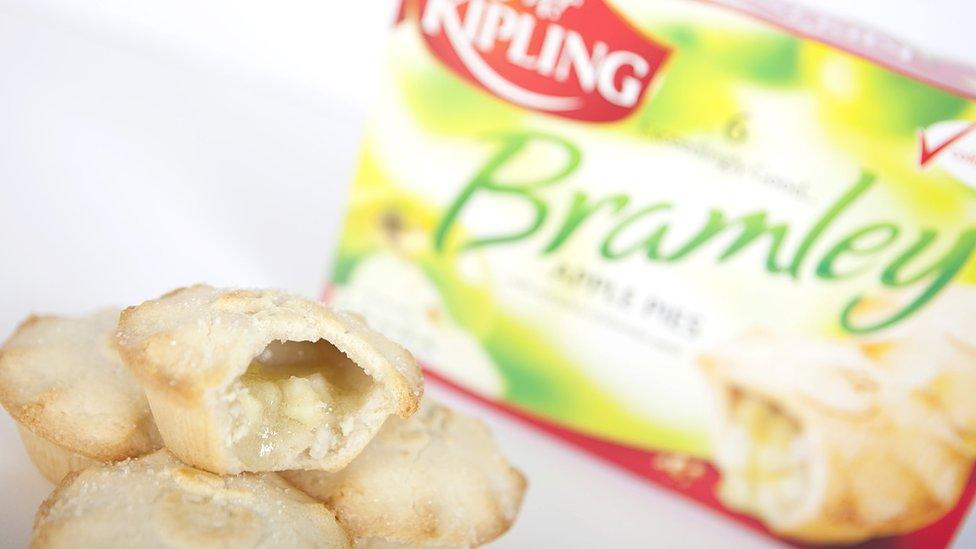
Mr Kipling cakes owner Premier Foods was among those to have already reported
Government departments, retailers, banks and energy firms are among the employers to reveal pay differences in mean hourly pay:
Cambridgeshire Police 12.9% higher for women
Unilever UK limited 8.8% higher
Evans Cycles 6.5% higher
The British Museum 0% pay gap
UK armed forces 0.9% lower for women
Department for Communities and Local Government 5.9% lower
Rolls-Royce plc 6.3% lower
Florette UK and Ireland 7.7% lower
Virgin Media 9% lower
Oliver Bonas 9.6% lower
Premier Foods Group Limited 10% lower
The Home Office 10.1% lower
BBC 10.7% lower
Ladbrokes Coral Group plc 15% lower
Npower limited 19% lower
The Co-Operative Bank 30.3% lower
Virgin Money 32.5% lower
Easyjet 51.7% lower
Phase Eight 64.8% lower

Employers with low or no gender pay gaps include the British Museum (0%) and the armed forces (0.9%).
In the armed forces, there are far fewer women in the lower ranks than men, particularly in combat roles where women have not previously been able to apply. There are proportionally more women in officer ranks.
There was some criticism of the way the data was presented, some made the point that men are paid more than women in certain companies because they are in higher-paid positions.
Jeremy Miles AM of Welsh Labour said that lack of women in higher-paid roles is an issue in itself:
Allow X content?
This article contains content provided by X. We ask for your permission before anything is loaded, as they may be using cookies and other technologies. You may want to read X’s cookie policy, external and privacy policy, external before accepting. To view this content choose ‘accept and continue’.
Firms paying women significantly more include mattress retailer Sweet Dreams - which said women were paid 46.4% more - and nursery business Yellow Dot, where women's hourly rate is 35.4% more.
Yellow Dot, which runs 12 nurseries in Hampshire, said its team was "predominantly female" with the majority of the male team employed in "the lower skill areas of childcare".
It said 7% of apprentices last year were men, compared with zero in 2016, while 41% of roles involving helping at children's tea time were filled by men - compared with 25% in 2016.
The firm said it was "working hard" to encourage men to join and it was "confident" it could increase the number who stay in the childcare industry.
Many financial firms feature in the list, including the Co-op Bank - where mean hourly pay is 30.3% lower for women.
Steven Pickering, the bank's chief risk officer, said it was aiming to achieve a "material increase" in the number of women in senior roles.
Last year, a report published by the BBC, external found there was a 10.7% gender pay gap in favour of men when the mean average hourly pay rates were compared. Like many firms, the BBC also measured the gap on a median average basis and found a 9.3% gap in favour of male staff.
Director general Lord Hall pledged to close the gap by 2020, saying the corporation should be "an exemplar of what can be achieved when it comes to pay, fairness, gender and representation".
- Published4 October 2017
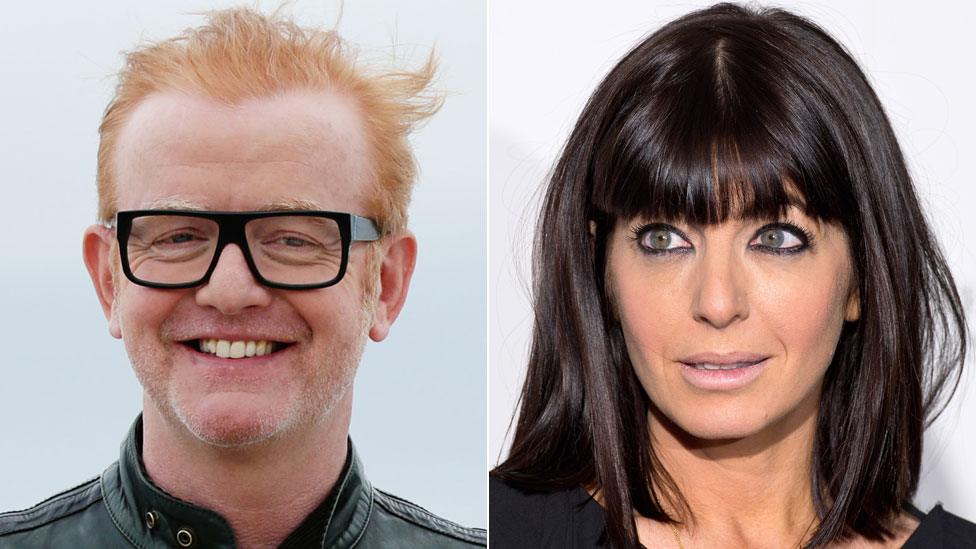
- Published10 November 2017
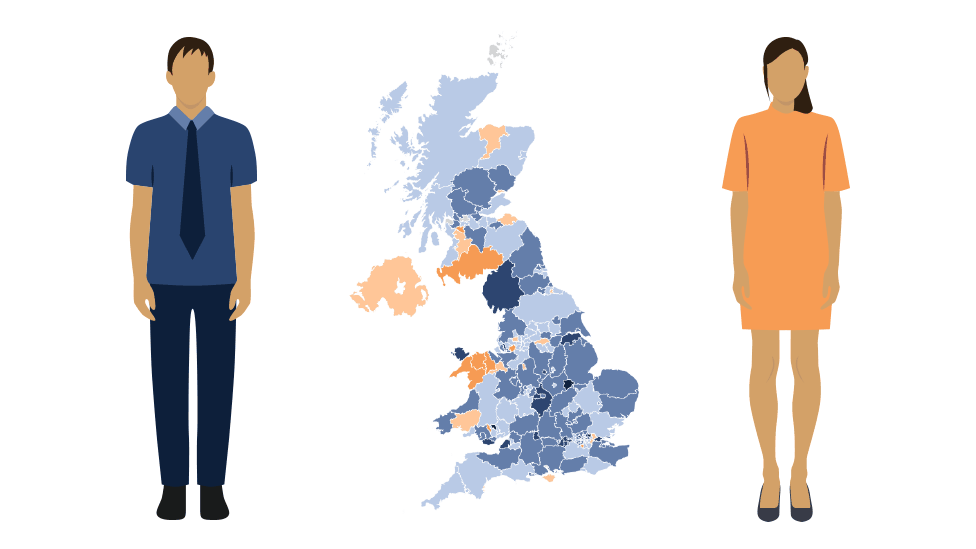
- Published2 October 2017

- Published10 November 2016
